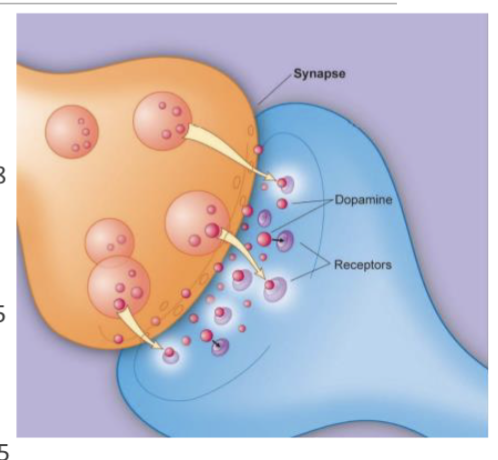Virtual Reality (VR)
1/13
There's no tags or description
Looks like no tags are added yet.
Name | Mastery | Learn | Test | Matching | Spaced |
|---|
No study sessions yet.
14 Terms
Virtual Reality defintion
a simulation of a real world environment that is generated through computer software and is experienced by the user through a human-machine interface.
T or F. The user of VR has a sense of actual presence in, and control over, the simulated environment.
TRUE
Sense of Presence definition
a feeling of being in an environment even if one is not physically there, resulting in behavior that is congruent with how the patient would respond if truly in that environment.
VR Benefit Theories - Immersion, Distraction, and Mood
patients experience a presence in the virtual world
being in a virtual world is captivation
VR distracts patient from the actual therapy task thereby lessening exercise discomfort, fear, pain, and/or boredom
exercising in a virtual world has been demonstrated to induce calm in a group of patient with spinal cord injury
improving a patient’s mood can increase participation in therapy
superior performance with dual or multiple task activities
VR can provide unexpected and more challenging scenarios
VR Benefit Theories - Performance Feedback
Exercises can be adjusted to patient-specific levels ensuring that patients are challenged but will experience a fair degree of success
VR systems can provide frequent, positive feedback on performance (feedback should be of a positive nature)
Objective scores can create a sense of competition which drives improvement (intra- patient and/or inter-patient)
VR Benefit Theories - Exercise Volume and Intensity
VR results in increased volume of exercise and a substantially, greater number of therapeutic repetitions whereas traditional therapy may be limited by tasks found to be boring or ardous
research demonstrates that improvement in mootr function is related to exercise intensity and the number of repetitions performed
research shows that cortical reorganization occurs in response to task-oriented movements and activities
repeated movements must be linked to a particular goal and result in incremental success
function based VR exercises can result in patient practicing a high volume of relevant real world tasks
VR Benefit Theories - Physiologic Changes
video game playing has been shown to increase dopamine levels
dopamine is theorized to play a role with learning and VR may stimulate increased production thereby helping with neuromuscular re-education.
research shows that for stroke survivors, VR may decrease contralesional sensorimotor activity and increase ipsilesional activity, thereby leading to improved movement and function
evidence exists that VR exercises induce cortical and subcortical changes at a cellular and synaptic level resulting in ner patterns of motor activity

Afferent Activation
active VR exercises stimulate that same physical senses used in the real world thereby affecting a variety of afferent CNS inputs
Sensory systems involved with afferent activation
auditory
visual
vestibular
kinesthetic
proprioceptive
Efferent Activation
active VR exercises stimulate motor responses which can lead to improved muscle recruitment, coordination, and/or strength
T or F. VR Exercises where a patient is largely sedentary will generate substantial physical benefits.
FALSE
VR systems augment traditional therapies by
providing visual and auditory feedback that is captivating, fun, and motivating
engaging patients with a wide variety of conditions to perform a higher volume of exercise at greater intensities
offering functional task and goal oriented exercises and activities that provide immediate performance feedback
Research has produced significant results regarding a variety of patient populations and conditions like -
neurological conditions
cognitive impairment
cardiopulmonary rehab
falls and balance
incontinence
pain and wounds
orthopedic conditions
dysphagia and speech

OmniVR 2020
designed for the needs of medically complex patients
easily pair with other tools for treatment options and progression including dysphagia and respiratory rehab
enables engaging intervention for independent sessions and group therapy sessions
updates with enhanced visuals, accuracy of movement capture, and efficiency of set-up abd reporting